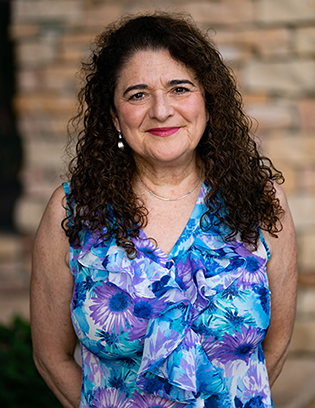
As an APS member, you represent the Society and the discipline. Show and tell us more about yourself by completing the questionnaire and submitting some photos. To help raise the visibility of physiology and physiologists, we may incorporate your information and/or image on the APS website or in marketing materials.
Specifications for Portrait Photos
CAMERA: Feel free to use a smart phone for portrait photos, since the quality is usually very good. Alternatively, digital SLR cameras are great, but make sure the resolution is set to the largest file size available. Selfies are to be avoided. It’s best to have someone else take your photo. If you’re taking your own shot, an inexpensive tripod can help you get a better shot.
SET UP AND FOCUS: When you’re ready to take the photo, the camera should be close to the subject—no more than 3–4 feet. Make sure to keep the yellow focus box around the subject’s face, to get a sharp focus. If your camera has a Portrait Mode, that is preferable. Avoid tight cropping; keep the entire face and upper body within the picture frame, cropping only at the waist level.
LIGHTING: It’s best to take the photo during the day in an area with lots of diffused (softened) lighting in front of the subject. Shooting outdoors on cloudy days (or in a shaded area on sunny days) is optimal. Avoid strong, direct sunlight or very bright interior lighting that casts strong highlights and shadows across the face.
BACKGROUND: Most any background will work (e.g. brick wall, office or laboratory scene, or outdoor park-like setting). However, try to avoid overly busy backgrounds or strong backlighting behind the subject. Any background that doesn’t compete with the subject is best.
RESOLUTION: Make sure your photo is high resolution, meaning the image is crisp and doesn’t appear pixelated when enlarged. All files must have a minimum resolution of 300 dpi (dots per inch).
SAMPLES:



